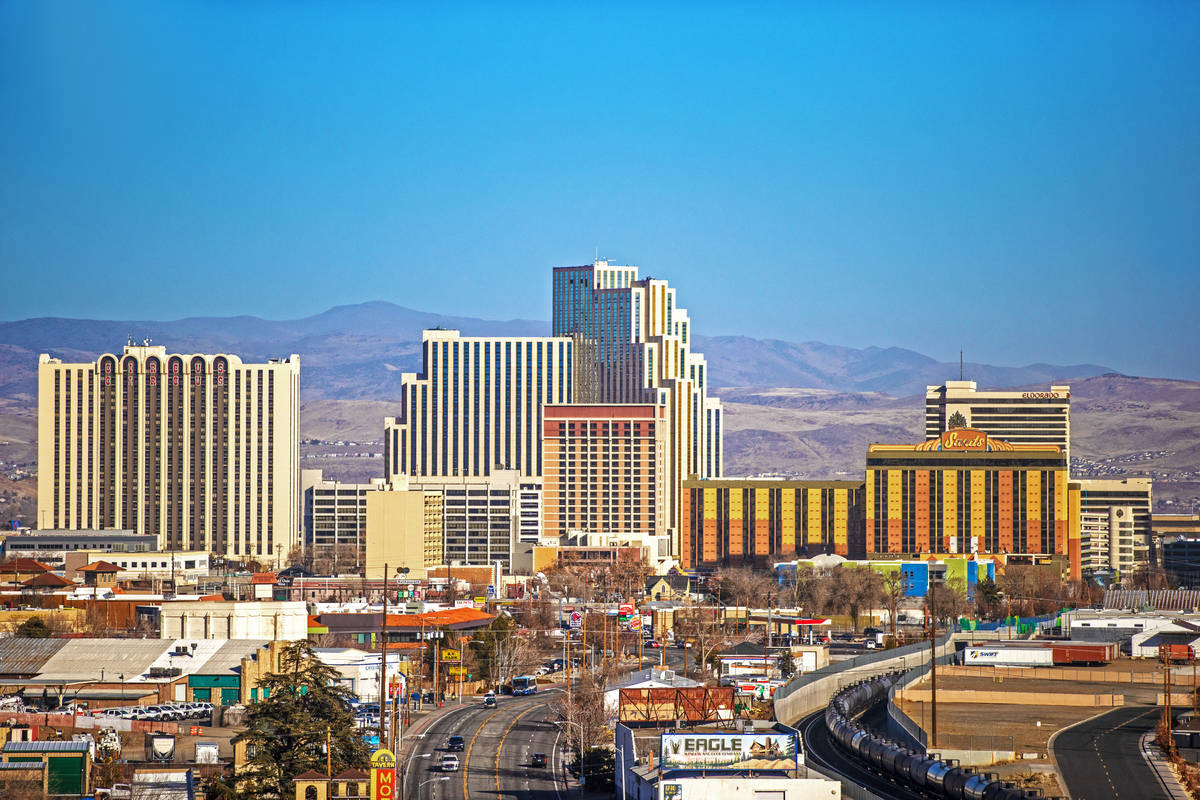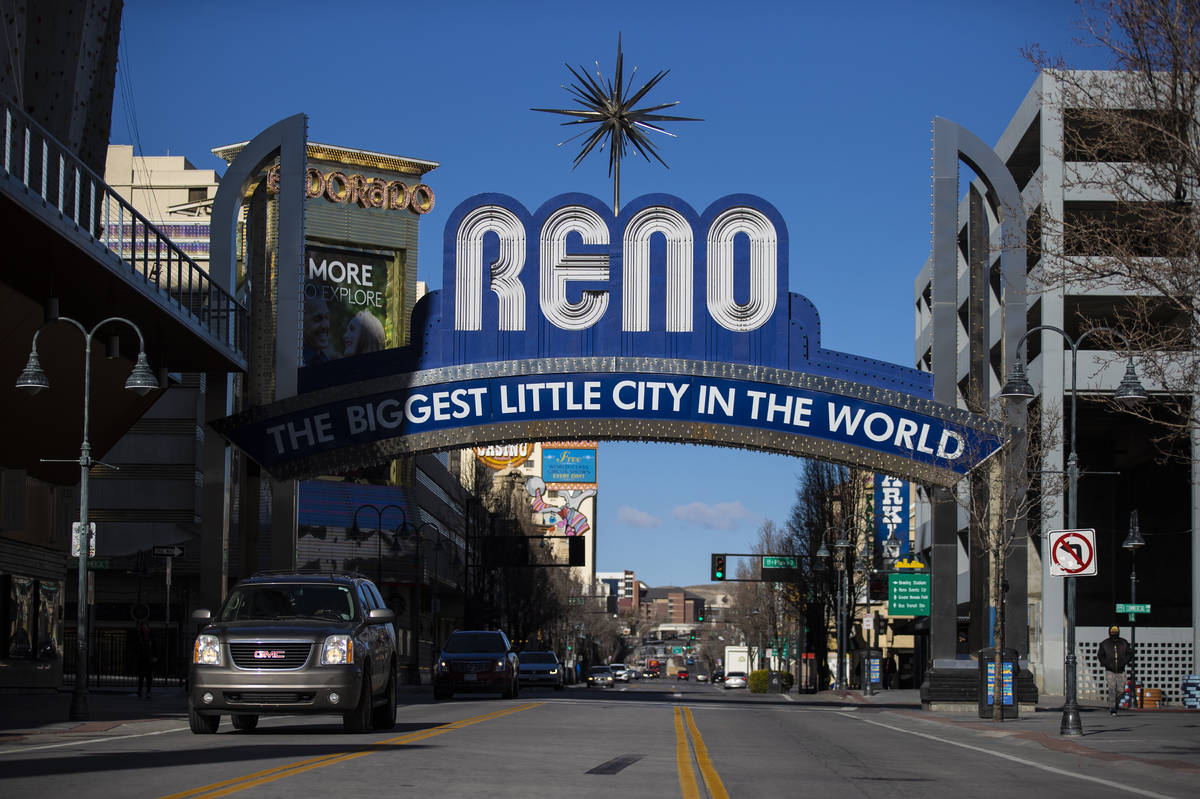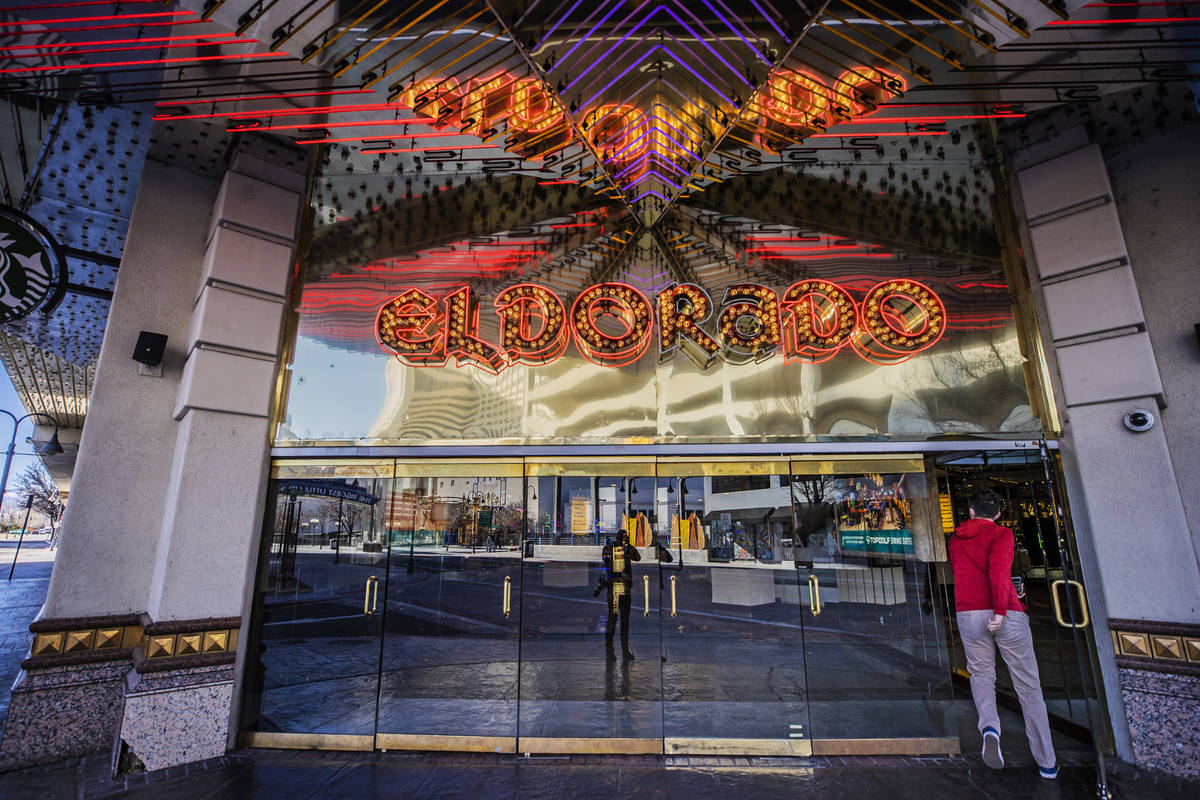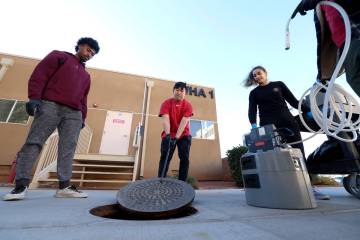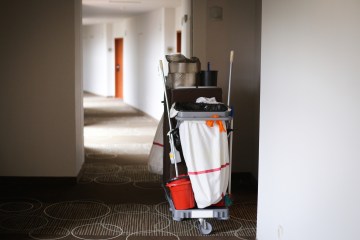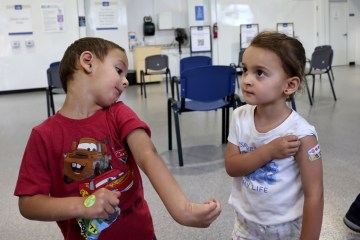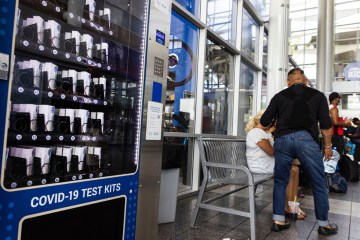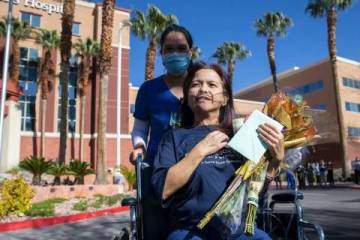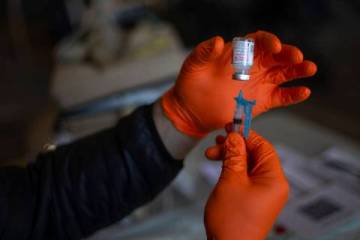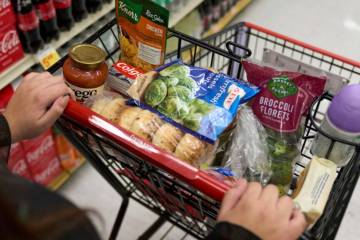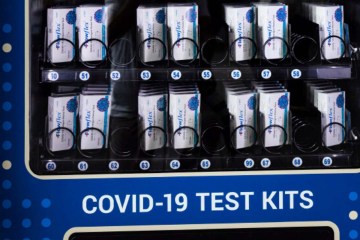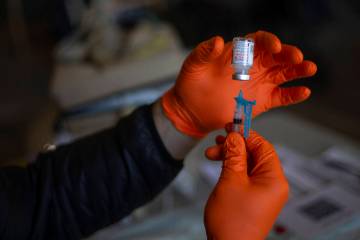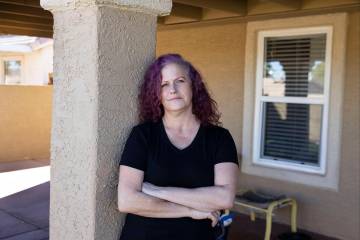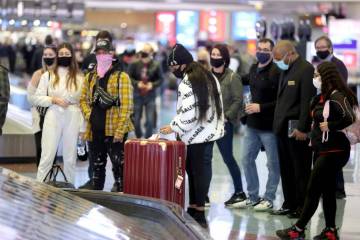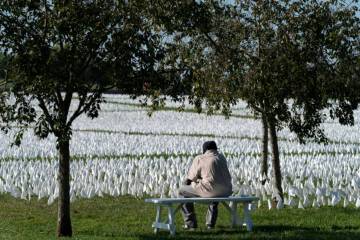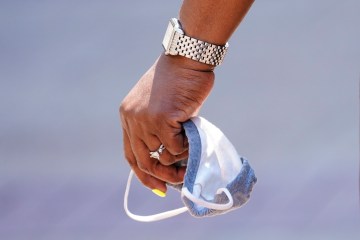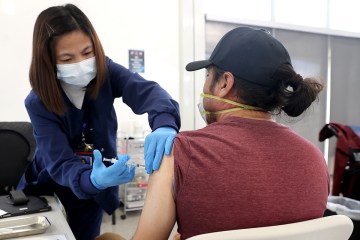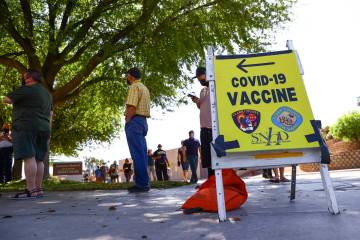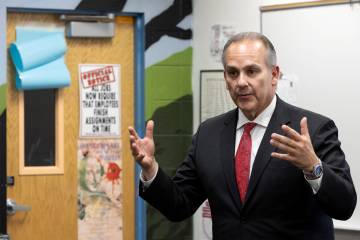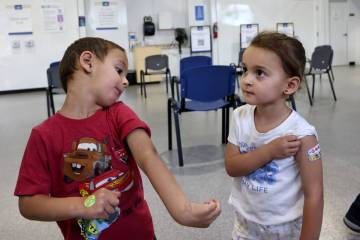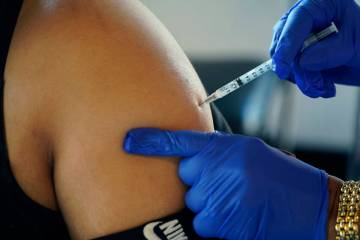Reno ahead of Las Vegas in bouncing back from pandemic
The biggest little city in the world is rebounding from the pandemic faster than Las Vegas.
Metrics like foot traffic, gaming revenue and occupancy rates in the Reno area are closing in on pre-pandemic levels ahead of Clark County.
Experts point to Northern Nevada’s diversified economy and standing as a regional market, which enables it to better withstand periods with less fly-in traffic.
“It’s going to be an uneven recovery,” said Nehme E. Abouzeid, president of consulting firm LaunchVegas. “As much as we’ve tried to pivot and increase our marketing to nearby states to build up the drive-in (traffic in Las Vegas) … airlift is so important to the Las Vegas Strip.”
Drive in versus fly-in customers
Industry watchers have long predicted that regional and local gaming markets would pick up faster than destinations like Las Vegas, which rely heavily on fly-in visitors.
Their expectations seem to be in line, especially in Nevada.
Clark County’s gaming revenue in January dropped 32 percent year-over-year, according to the latest data from the Nevada Gaming Control Board. Meanwhile, gaming revenue in Washoe County surpassed pre-pandemic numbers and was up 5 percent in that same time frame.
Industry experts say it makes sense, given the contrasting visitor demographics between the two regions. Las Vegas is largely reliant on international travel and convention business — two areas that are nearly nonexistent at this point — whereas the Reno market attracts locals and drive-in visitors from places such as Sacramento and the Bay area.
“We’re a regional market,” said Charles Harris, president and CEO of the Reno-Sparks Convention and Visitors Authority. “We don’t rely as heavy on the international side as a city like Las Vegas does.”
About 41 percent of Washoe County visitors arrive by plane, compared with 49 percent in Las Vegas, according to 2019 reports from the Reno-Sparks Convention and Visitors Authority and Las Vegas Convention and Visitors Authority.
While air travel to Nevada has yet to reach pre-pandemic levels, Harris said drive-in visitation from neighboring states has been sound. California has been an especially strong source of visitors during the pandemic, with its strict lockdowns and operating restrictions acting as a travel incentive for residents.
That sort of visitation helped Washoe County hit 55 percent occupancy rates in January, above the 32 percent reported in Las Vegas that same month.
“The proximity we have to Northern California really helps us,” Harris said. “As Nevada has stayed open, we’re stealing market share from California.”
The Reno area’s perception as an outdoor destination and its marketing efforts have also aided the tourism industry’s recovery efforts, according to Harris.
“While there’s great gaming that we have, the outdoors helps complement that experience,” he said. “(Travelers are) looking for areas that have safe outdoors and outdoor experiences.”
As activities such as skiing boosted tourism in the Reno area during the winter months, Las Vegas struggled to find ways to attract visitors without major conventions that can draw tens of thousands of people.
The lack of group business contributed to a severe year-over-year decline in foot traffic on the Strip.
A Feb. 4 report from Jefferies showed foot traffic among Strip casinos was down 68 percent year-over-year in January. Downtown Las Vegas and the Las Vegas locals markets were down 60 percent and 53 percent, respectively. Foot traffic in Reno casinos was down 25 percent, below the national average of 45 percent.
“Southern Nevada is more heavily reliant on tourists,” said LVCVA spokeswoman Lori Nelson-Kraft.
Advantages of a diverse economy
Reno’s diversified economy also has given its gaming and tourism recovery efforts an edge.
Before the pandemic, about 15 percent of Reno’s workforce was employed in the leisure and hospitality industry, according to January 2020 numbers from the Bureau of Labor Statistics. Las Vegas stood at 28 percent, leaving more workers susceptible to the economic impacts of the pandemic and subsequent business shutdowns.
The unemployment rate in Las Vegas hit a 2020 low of 34 percent in April, resulting in less discretionary spending for thousands of residents to spend on local hotel-casinos.
“When you have fewer tourists coming, you have less money in the city. So locals working at restaurants, everybody working for live entertainment, haven’t been getting much of a paycheck,” said David Schwartz, professor and associate vice provost for faculty affairs at UNLV.
The Reno-Sparks area’s unemployment rate reached 20.4 percent in April but bounced back to 5 percent in December, according to the latest data from the Bureau of Labor Statistics. That’s less than half of Las Vegas’ 10.4 percent December jobless rate and below the national rate of 6.3 percent.
Reno’s economic resilience is fairly new for the city. Unemployment rates in the region had closely mirrored Las Vegas’ during previous downturns, but bringing in an array of diverse technology and manufacturing companies such as Tesla has allowed it to largely break free of the hospitality industry’s boom and bust cycles.
“What you’re seeing is a pretty resilient economy. That is what we really set out to do 10 years ago,” said Mike Kazmierski, president and CEO of the Economic Development Authority of Western Nevada. “(Gaming and tourism is) an important part of our economy, but it’s no longer the majority of our economy. That’s not the case in Vegas.”
Las Vegas has made economic diversification efforts, but the self-proclaimed entertainment capital of the world remains heavily reliant on tourism and hospitality.
“There’s a few more dynamics at play in Reno than I would say Las Vegas,” Abouzeid said. “We’re still struggling to attract companies to relocate here and bring thousands of jobs.”
Looking forward
Despite the positive trends, the Reno area’s hospitality industry hasn’t fully returned to pre-pandemic levels. Washoe County occupied room nights were down 9 percent in January compared to the same period last year, and taxable room revenues were down 21.3 percent.
“January (room) numbers were still down overall, but as a percentage compared to the rest of the country, we’re faring better than expected,” Harris said.
It’s hard to gauge how recovery efforts will continue to play out across the state, but Harris said he’s optimistic about the coming months.
“We are going through a period where there is no playbook for. … (But) we are seeing a positive trend going in the right direction,” he said. “I would expect that to continue with the (rollout of) vaccines.”
Schwartz said Reno is on track to fully recover before Las Vegas, which is still waiting for international travel and business travel to ramp up. He also noted that Las Vegas has a wider gap to close, with higher visitation numbers across the board.
“Las Vegas has more potential upside, but is also much more fragile,” he said. “It just shows how much work is ahead of Las Vegas.”
Amanda Belarmino, an assistant professor at UNLV’s college of hospitality, said Reno’s gaming and tourism recovery may be outpacing Las Vegas in the short-term, but she has high hopes for Las Vegas’ recovery down the road.
“People have had a lot of time to plan where they want to go when they can travel again. And I think that Las Vegas has more of a brand image in the mind of the consumer,” she said. “As we see more of a recovery, I think we’ll see Las Vegas gear up faster.”
Contact Bailey Schulz at bschulz@reviewjournal.com. Follow @bailey_schulz on Twitter.



